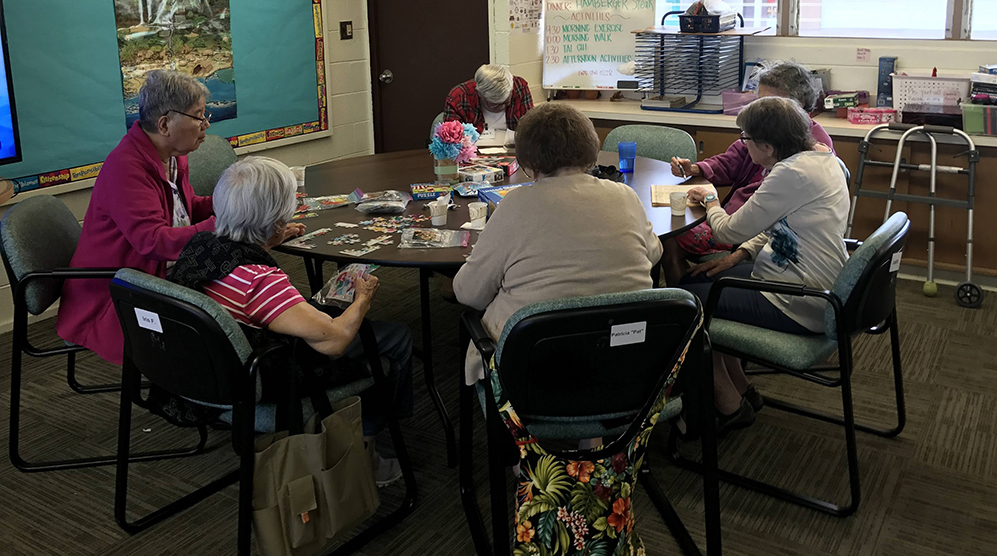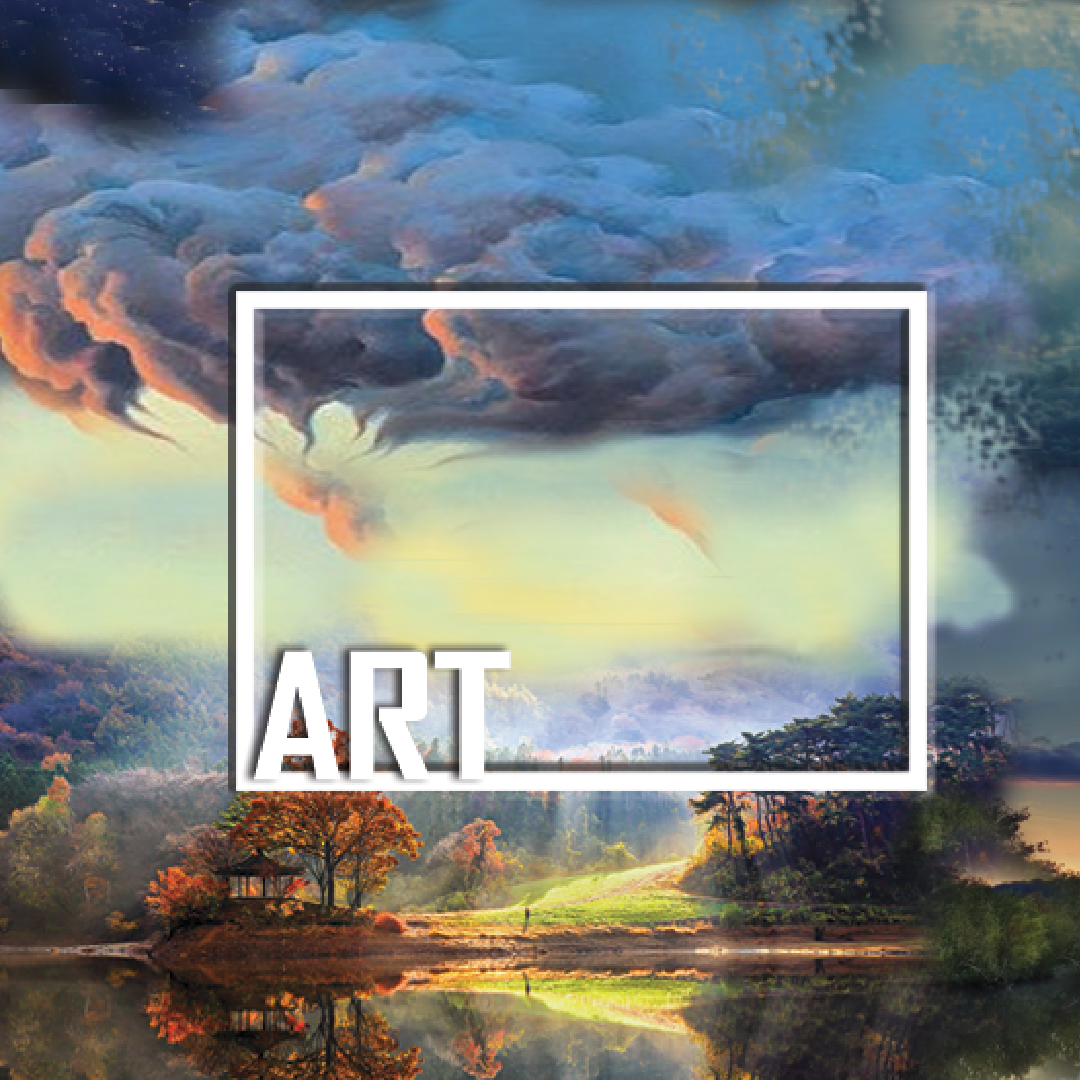
AR/VR Concepts and Prototypes
My exposure to filmmaking and my role as a production manager for Boeing’s Future Combat System underscored the broader applications of computer graphics, extending beyond interactive entertainment to representing real war-fighting systems. After seeing real footage of insurgent casualties, I decided to shift my focus from war-related applications to the domain of public safety training and the enjoyable side of life.
Dolby was advancing its headset technology and approached me to create VR experience concepts to test their developing hardware. In response, I conceived a challenging scenario that transitioned through each of the four seasons, exploring the diverse colors and engaging activities associated with each season.
Below, you’ll find conceptualizations and prototypes.
Click on each square project widget below to delve deeper into its details.
Initial Explorations
My initial venture into immersive interaction occurred during my final year as a product designer at Art Center College of Design in the 1990s. The project envisioned a multi-player environment where 12-ft tall posts, equipped with sensors strapped to players’ waists, could track their positions within an enclosed area. This enabled players to move around and witness themselves and others on a panoramic screen, assuming different characters in an imaginary environment. While my 3D graphic skills were proficient, the technology was nascent at the time. It was during this period that I discovered the work of Jaron Lanier, often regarded as the founder of virtual reality. Lanier, along with Thomas G. Zimmerman, founded VPL Research, Inc. in 1985, the first company to market VR goggles and wired gloves. However, I was unimpressed by the reported isolation and loneliness associated with the VR experience of the 1990s, coupled with the subpar quality of computer-animated graphics. Consequently, my interest in virtual reality waned, leading me to focus on design and 3D computer graphics as a technical director and lead designer in the film, game, and web sectors.
In 2017, my cousin, employed at PC World, enthusiastically informed me about the VR headsets her magazine was reviewing. The VR developer kits for Oculus and HTC Vive had become accessible and affordable. This peaked my old interest of VR and I started to explore the VR space again as a developer.


Charles found great joy in engaging in cooking and battling virtual beasts, becoming an inspiration for others to explore the immersive experiences. An 82-year-old woman, captivated by a desire to see the world, was enveloped in Google Earth’s VR experience. She virtually traveled to Paris, London, and other places she had visited in real life. When her husband arrived to pick her up, she was incredibly excited, enthusiastically recalling all her real-life travel experiences.

After engaging with the staff, who also had the opportunity to try the two VR systems, their immediate request was for me to return. I clarified that they could purchase their own setup and easily learn to operate it. However, the reality for senior centers was that they couldn’t afford a system unless there was a service to assist seniors in using it. Despite the potential benefits of providing seniors with engaging activities and cognitive stimulation, developing for this demographic presented too many liabilities.
CATCHING UP
My introduction to the immersive world of virtual reality occurred at the 2017 VRLA Conference held at the Los Angeles Convention Center. While virtual reality graphics were not new to me, I was particularly intrigued by systems incorporating built-in haptic sensory feedback, either worn or experienced through a handheld prop.
One notable exhibit was OptiTrack, featuring the Striker’s military-style shooter scenario complete with a tether-free backpack CPU and a pseudo machine gun. The OptiTrack system showcased a multi-sensor camera allowing for up to 8 participants within its designated space. Although the pseudo machine gun felt heavy, potentially to mimic the weight of an actual firearm, the backpack CPU surprisingly provided comfort. As I grappled with the weight of the gun, it became apparent that I needed to build strength in my arms. The graphics seamlessly echoed my movements with no latency, and I was the sole participant within the designated activity area.

As anticipated, Augmented Reality vendors were scarce at the Virtual Reality Conference of the year. Nonetheless, I was delighted to have the opportunity to try an AR headset, especially since it comfortably fit over my glasses.
In 2019, my journey led me to the Industrial AR/VR event in Houston, Texas, where I felt more connected to the presented use cases. The event featured a diverse array of companies, ranging from oil and construction to vendors offering warehouse forklift training solutions. What stood out was the emphasis on streaming data for monitoring situations from safety to potential hazards.
The Infinadeck, featured in the video above, took some time for me to get used to. I pondered about the initial comfort level for users walking on a moving surface that they couldn’t see. The circular handrails provided a sense of security, and perhaps, my apprehension stemmed from the fear of stumbling in front of a room full of convention attendees.


During the 2017 VRLA, my attention was captured by the Tesla Suit as I sought a haptic system to enhance the sensory experience of Guardian Airwaves with elements such as heat, shock, and water pressure—all of which the Tesla Suit offered. The suit incorporated a TENS electrical system, similar to what chiropractors use, designed to interfere with pain signals by employing low currents of electricity. One remarkable moment occurred when a Tesla developer, standing across the room, controlled the system through its UI on an iPad, making my arm move up and down—an experience that left me thoroughly impressed

